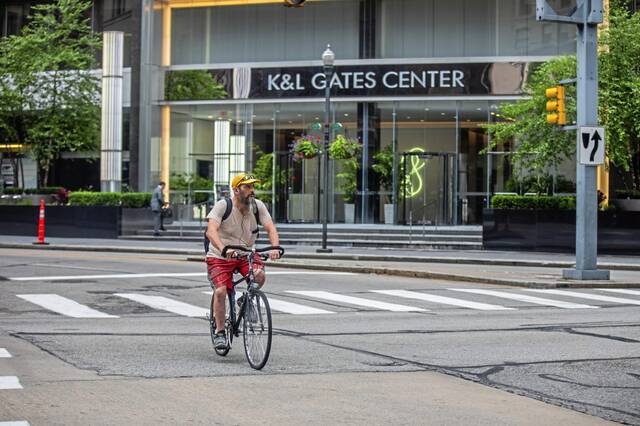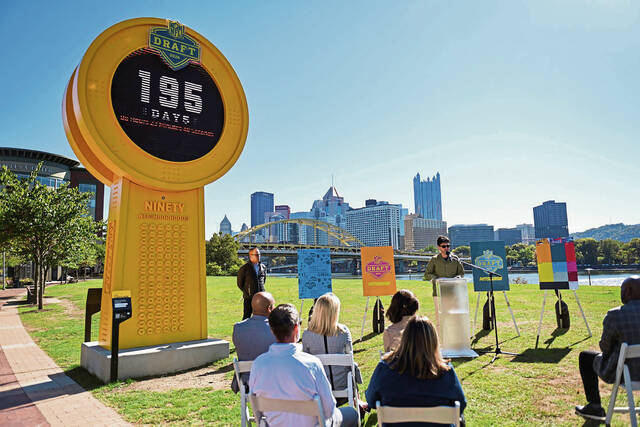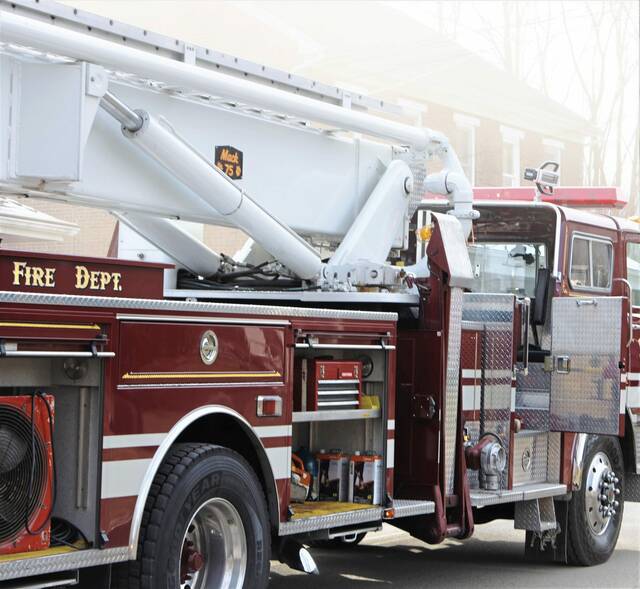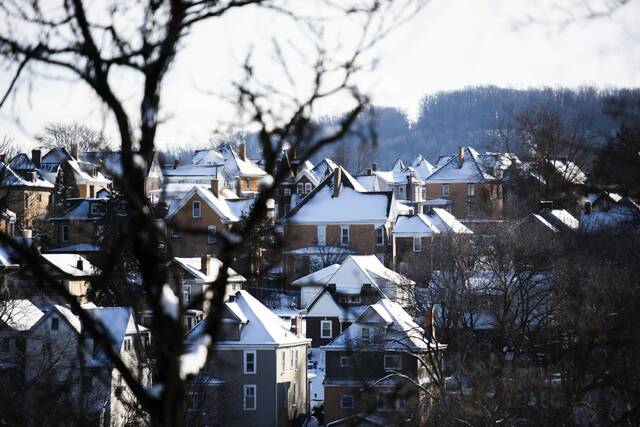The lights have gone out in more office buildings in the Pittsburgh area, resulting in a new record high for vacancies in the region.
It’s a continuing trend that’s throwing the local market out of whack as everyone figures out what a post-pandemic workplace should be.
“With the office market experiencing a noticeable contraction, the need to reimagine what the future of Pittsburgh’s commercial corridors will look like in the years to come has never been a more pressing topic,” according to a report by real estate firm Jones Lang LaSalle. The firm looked at areas including Downtown and surrounding neighborhoods, the East End, Cranberry and Southpointe.
The second quarter “marked the 7th consecutive quarter of rising vacancy rates,” the firm said.
The quarter ended with a 22.5% total vacancy rate, a record high for the Pittsburgh market, JLL found. Compare that to a total vacancy of 14.9% in the second quarter of 2019 before covid-19 sent workers home.
Real estate firm Newmark reported that the 690,000 square feet of construction in the pipeline remained the same during the second quarter and continues to trend downward “with zero deliveries to date in 2023 and no new starts.”
As for rent, the overall asking rate inched up during the quarter, and asking rates for Class A buildings rose to $29.13/square foot “while concessions like tenant improvement allowances and free rent remain elevated,” Newmark said.
Looking ahead, tenants and investors alike “will approach deals with greater caution, which will impact leasing activity,” Newmark said.
More companies may be downsizing, but there are some exceptions.
Newmark noted that north of the city in the Cranberry area, Westinghouse Electric and Accredo Health Group renewed their leases without cutting their footprint. Westinghouse and Accredo maintained their space at 113,142 square feet and 99,018 square feet, respectively.
Meanwhile, Pittsburgh isn’t alone in sorting through the new normal. Higher vacancies are playing out across the country as hybrid work born from the pandemic has upended the 9-5, Monday-Friday office routine.
The total space available to sublease increased to 2.1 million square feet in the second quarter, the highest on record. About 77% of that space is physically vacant, according to JLL.
“There’s a mismatch right now,” said Dan Adamski, senior managing director of JLL in Pittsburgh, in an interview. “We have too much office space and not enough housing. Somewhere in between, lies the future.”
For Downtown Pittsburgh, that will mean some difficult conversations about what the future looks like.
“Pre-covid, the joke in Pittsburgh was Downtown closed at 6 p.m. because everybody left work and went home. Now we have an opportunity to make it a true neighborhood.”
An opportunity to add more residential with retail and attractions that bring in visitors and keep the people who live there happy to share the space.
Adamski pointed to the conversion happening at Gateway Center, the development that helped launch a Pittsburgh Renaissance in the 1950s. Three of the four buildings in the Downtown complex are being converted to residential.
“It’s going to add hundreds of people living on that campus and give it that dynamic vibe,” Adamski said. “And that’s going to make it even more beneficial to the office worker. We’re starting to see this symbiotic relationship.”
Adamski points to the Strip District’s transformation as well.
“You go to the Strip District 10 years ago, and there was very little office product,” he said. “But there were some really cool restaurants and it had a good vibe. So residential followed.”
In the meantime, the threat of commercial loan defaults is on the horizon, JLL said.
“With some landlords experiencing less rental income, the pressure to pay outstanding debts will rise. Loan defaults can lead to uncertainty for affected tenants and could ultimately impact property assessments, leading to decreased tax revenue to fund municipal services in the long term,” the firm stated.
“There’s going to be some pain,” Adamski said.
If loans default, that could mean building owners and lenders taking a hit — or costs falling to the taxpayers.
“The better buildings, what we call trophy buildings, are doing well. But the older ones are struggling, and you’ll see more of those go back to the lender when their debt balloons and they can’t refinance because values have decreased. So some of these buildings are simply just not going to survive as office buildings. On the surface that sounds bad, but I think if you dig deeper, it’s opportunity.”
But it takes time for that process to shake out — five years or more for a building to go through the courts alone, Adamski said.
For now, even when more workers return to offices, Adamski said, it won’t be like before.
“Friday in the office is pretty much dead.”








